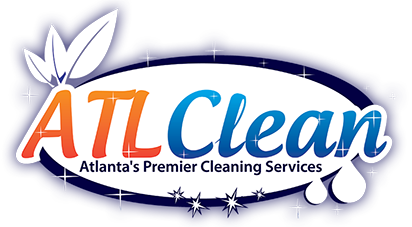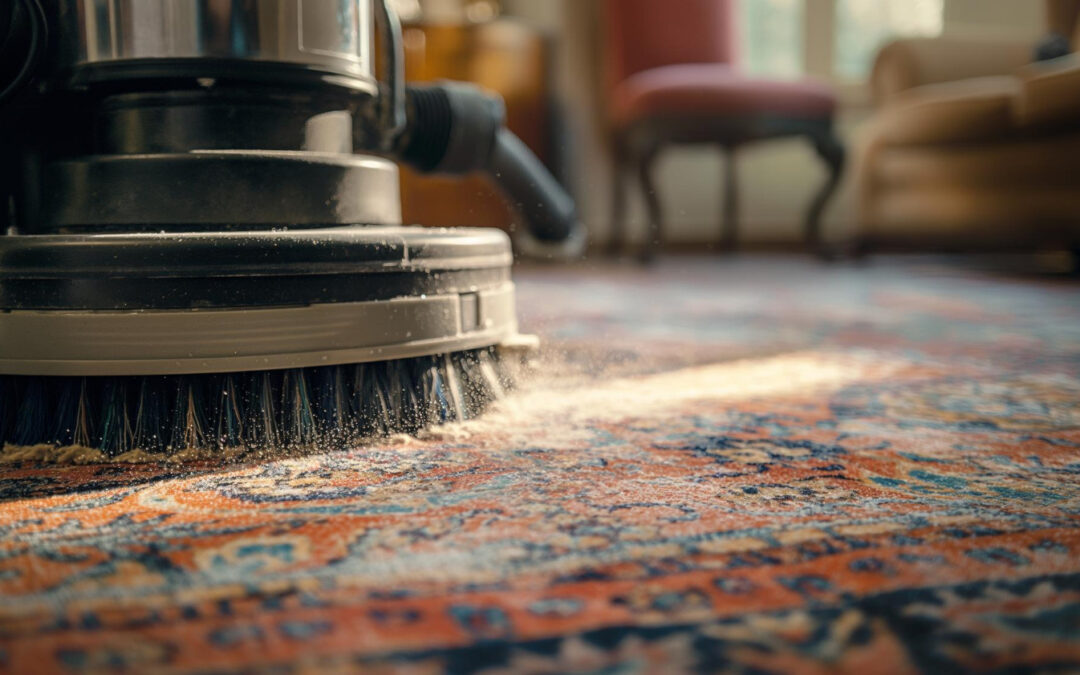Area rugs add a touch of elegance to any home, but they require special care to maintain their beauty and longevity. Understanding the materials and construction of your area rug is the first step to proper cleaning and maintenance. Different rugs are made from materials like wool, silk, or synthetic fibers, each requiring specific cleaning methods to avoid damage.
Knowing the right supplies and tools for cleaning is equally important. Basic items like mild detergent, a soft brush, and a vacuum cleaner can significantly affect rug maintenance. These tools help ensure that dirt and allergens are effectively removed without harming the rug’s fibers. Regular cleaning keeps the rug looking fresh and extends its lifespan.
Slaidel Hernandez, Manager of Carpet Cleaning by ATL Clean, emphasizes, “Proper care and cleaning of area rugs are essential for maintaining their appearance and durability. Using the wrong cleaning methods can lead to damage over time.” To preserve the quality of your area rugs, following a detailed cleaning process and adopting preventive measures that keep the rugs clean and fresh is important.
Understanding Your Area Rug’s Material and Construction
Area rugs come in many different materials, each requiring specific care. Common materials include wool, cotton, silk, synthetic fibers, and jute. Wool is known for its durability and softness, making it a popular choice, but it needs special cleaning to avoid damage. Cotton rugs are lightweight and easy to clean but can wear out faster. Silk rugs are luxurious but delicate, requiring professional cleaning to maintain their beauty. Synthetic fibers like nylon and polyester are often more stain-resistant and durable. Jute rugs bring a natural look and feel but can be more challenging to clean due to their coarse texture.
Knowing your rug’s construction is crucial for proper care. Some rugs are hand-woven, while others are machine-made. Hand-woven rugs tend to be more delicate and may require gentle cleaning methods, while machine-made rugs can often withstand more rigorous cleaning. Understanding the specific weave and tufting methods used in your rug can help you determine the best cleaning techniques.
Essential Supplies and Tools for Area Rug Cleaning
Having the right supplies and tools makes a big difference in rug cleaning. Essential items include a vacuum cleaner with adjustable settings, a soft-bristled brush, mild rug shampoo, white cloths or paper towels, a bucket, and a sponge.
A vacuum cleaner helps in removing loose dirt and debris before deep cleaning. It’s essential to use one with adjustable settings to match your rug’s material. A soft-bristled brush aids in loosening dirt embedded in the fibers without damaging them. Mild rug shampoo is necessary for deep cleaning, but choosing one suitable for your rug’s material is essential. White cloths or paper towels help blot spills and stains without transferring color. A bucket and sponge are used to apply the cleaning solution and gently scrub the rug.
Remember, correct tools and supplies ensure that your cleaning efforts are effective and don’t harm the rug. “Using the appropriate cleaning tools and products can significantly impact the cleanliness and longevity of your area rugs,” advises Slaidel Hernandez. Consider consulting professionals who use advanced equipment and methods for expert advice and services.
Step-by-Step Cleaning Process for Area Rugs
Cleaning an area rug at home can be simple if you follow the right steps. First, vacuum both sides of the rug to remove loose dirt and dust. This prevents dirt from embedding deeper into the fibers during cleaning.
Next, prepare a cleaning solution using mild rug shampoo and warm water. Always test the solution on a small area to check for colorfastness. If the color doesn’t bleed, you can proceed. Gently scrub the rug using a sponge or soft-bristled brush, working in small sections. Avoid over-wetting the rug, as excess water can cause damage. Rinse the rug thoroughly with clean water to remove any soap residue.
After rinsing, blot the rug with clean white cloths or paper towels to remove as much moisture as possible. Lay the rug flat to dry, flipping it over occasionally to ensure both sides dry evenly. “Drying the rug properly is essential to prevent mold and mildew growth,” says Slaidel Hernandez. Following these steps lets you keep your area rug clean and looking great.
Preventive Measures to Maintain Your Area Rug’s Freshness
Keeping your area rug clean and fresh requires regular maintenance. Start by vacuuming your rug at least once a week to keep dirt and dust from settling in. Address spills and stains immediately by blotting with a clean cloth and using an appropriate cleaning solution.
Rotate your rug every few months to distribute wear evenly. This helps prevent certain areas from becoming more worn out than others. Avoid placing the rug in direct sunlight, as prolonged exposure can fade colors. Consider using rug pads to provide cushioning and prevent slipping, which can also protect the rug from friction against the floor.
Professional cleanings are essential to maintain your rug’s condition. Schedule regular cleanings with Carpet Cleaning by ATL Clean for expert care and maintenance, ensuring your area rug remains in top shape for years.
Maintain Your Area Rug’s Beauty and Longevity with Expert CareConclusion
Understanding your area rug’s material and construction is crucial for proper upkeep. Using the right tools and supplies, carefully cleaning, and practicing preventive maintenance can help maintain the rug’s appearance and longevity. Area rugs add warmth and style to your home, and with proper care, they can last for many years.
By taking the time to learn about your rug and how to care for it, you’ll enjoy its beauty and comfort without worrying about damage. Trust the expert area rug cleanersat Carpet Cleaning by ATL Clean to provide professional cleaning services that ensure your rugs receive the best care possible. Let their experienced team help keep your carpets and rugs looking and smelling new! Contact their team today at (912) 421-2505!



